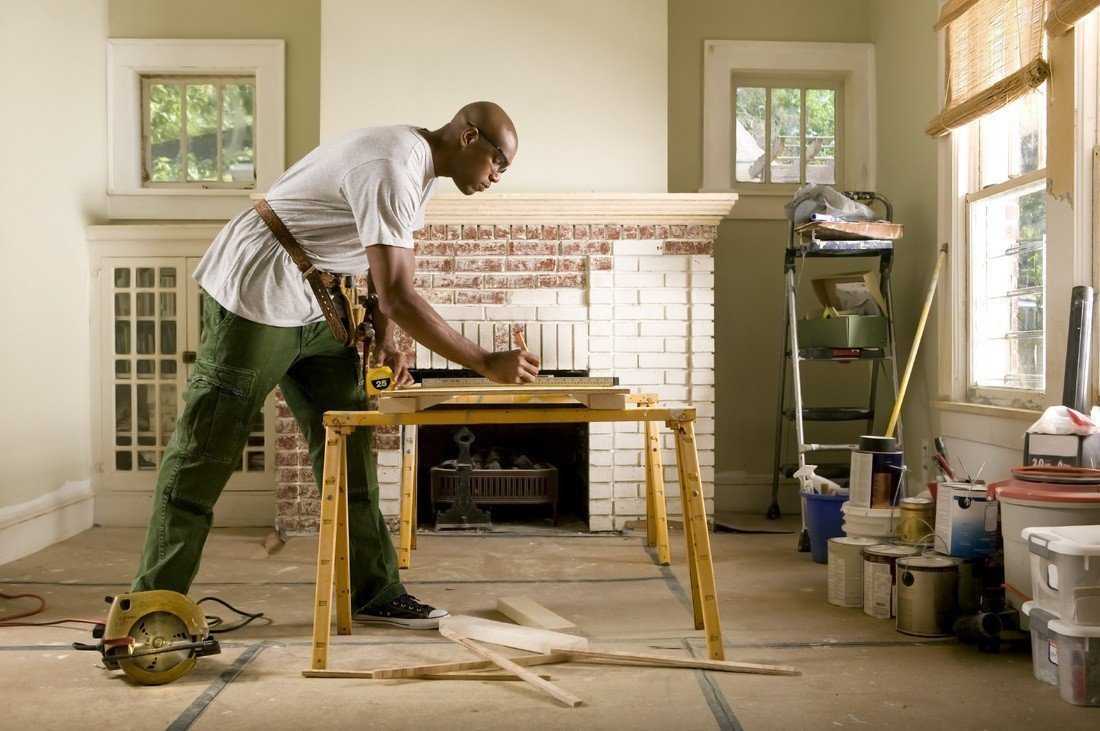BY: MAURICE ANDERSON
Many Canadians are torn between selling their home and purchasing a new one with a bigger lot and more square footage. Others are thinking of staying where they are and completing renovations to make their space bigger and modern with a contemporary style.
It may vary on what type of renovation you want to complete based on your own personal preference and the quotes you may receive have the right to fluctuate. Families that took the plunge to do home improvement may be weary of hiring the correct contractor.
Some motivating factors will range from staying in the home for sentimental purposes or because you may want to wait until your children university education is completed. Low interest rates over the past few years; Canadians have invested an increasing amount within their properties from installing energy efficient windows and appliances to building professional kitchens and spa-inspired bathrooms.
With mortgage qualification rules becoming stricter economists expect renovation spending to rise. With strong demand and low supply, renovating seemed like a safer, more affordable option, as opposed to purchasing a new property. Low interest rates have also contributed to the consistent growth in renovation spending. As homeowners renew mortgages at lower rates, many invest the savings in their homes.
Strong demand and tight supply is contributing to bidding wars and overall price gains. New and resale homebuyers are constantly faced with a shortage of homes available for purchase and strong competition for that short supply. Many potential trade-up homebuyers are deciding to renovate rather than move and end up spending hundreds of thousands more on a new property.
The most common renovation projects are bathroom and kitchen remodeling. This means that homeowners are investing in their residences in hopes of reselling in the future or they are merely renovating to improve their standard of life and quality of living.
When dreaming of a home renovation, visions of new cabinets, countertops and appliances are often the first things that come to mind but paying for it is another chapter. Planning your financing well in advance is the key to a successful project. Prioritizing where to spend your home improvement dollars is smart.
Before you begin, you should make sure that you have a clear plan in place and access to the funds that you need to get the job done. With any renovation there are a certain number of costs you can calculate upfront and unforeseen costs that can pile up quicker than Donald Trumps’ lies in the media.
The worst form of financing is paying for your renovation with a credit card. If you carry the balance over a long period of time you will be paying a high interest rate. If there is equity in your home take into consideration refinancing your mortgage or taking out a second mortgage. Be mindful of the interest rate because traditionally second mortgages are often higher than your initial mortgage.
However, if you decide to finance your renovation make sure you can afford the repayments that come with financing. Another option you have is a home power line of credit (HPLC). It is one of the most popular ways Canadians finance their renovations.
They work much like regular lines of credit allowing the homeowner to borrow whatever money they choose, up to the credit limit, pay it back and borrow it again like a revolving credit, if needed. Along with options like mortgage refinancing and borrowing money that you’ve prepaid on your mortgage. HPLCs have the benefit of low interest rates.
The risk of home improvements is that you do not over due it. Meaning, if your neighbourhood has homes selling for an average $600 thousand and your home is worth $520 thousand and you decided to spend $200 thousand in upgrades installing high end hardwood floors, marble counters, self-closing drawers, and rainfall showerheads just to name a few, those are prime examples of over improvements.
You have just spent more money than you should have because the market in your area dictates you may not get any more than $650 thousand for your property. There are always ways you can be cost effective and still earn maximum earning potential for your property. Contact an experienced real estate agent who will steer you in the right direction based on your interest and what is best for you.

